The most dangerous animal in the world just got easier to study—and perhaps defeat one day.
Researchers from Rockefeller University’s Laboratory of Neurogenetics and Behavior , in collaboration with mosquito experts around the globe,…
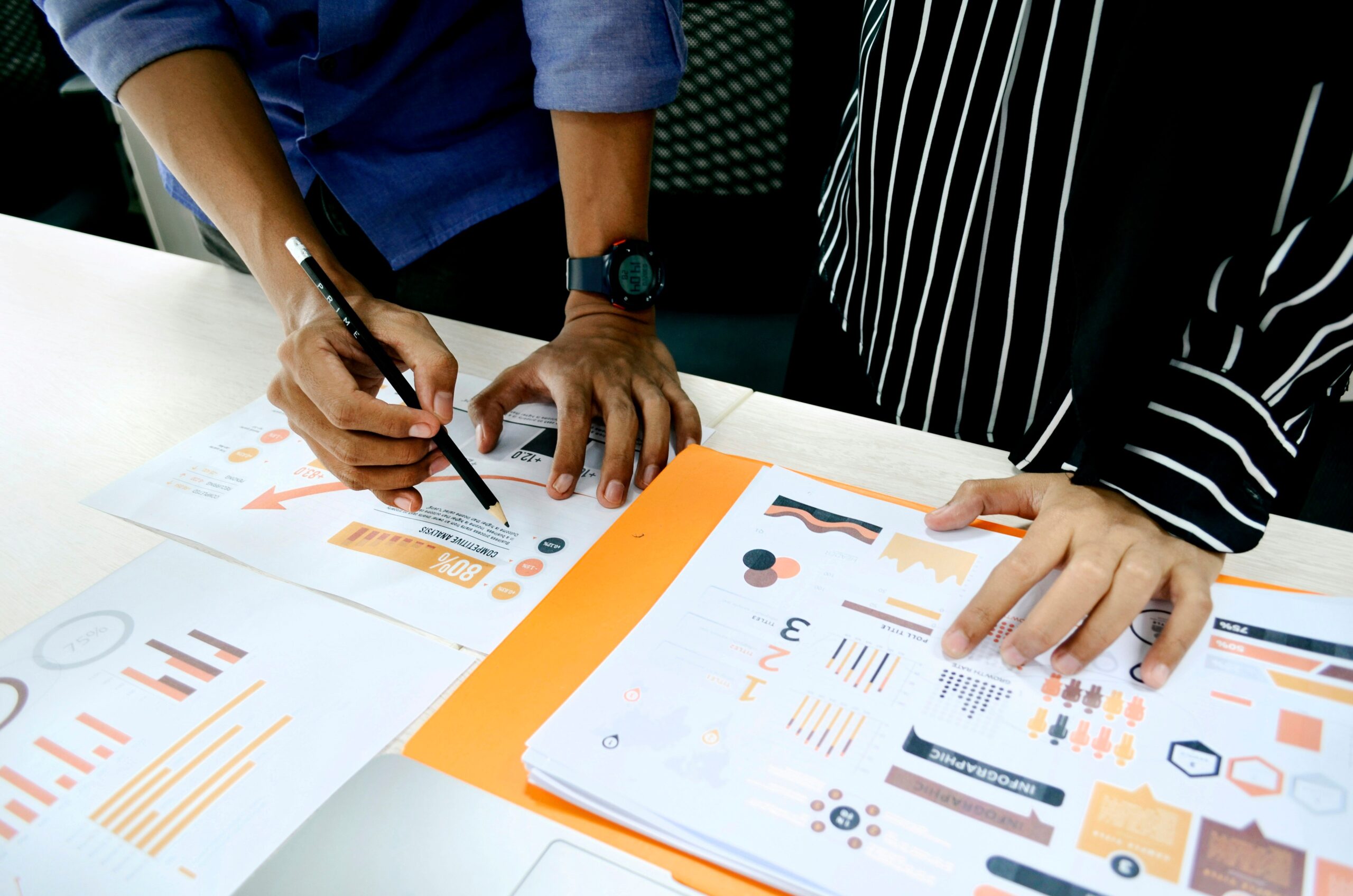
The most dangerous animal in the world just got easier to study—and perhaps defeat one day.
Researchers from Rockefeller University’s Laboratory of Neurogenetics and Behavior , in collaboration with mosquito experts around the globe,…
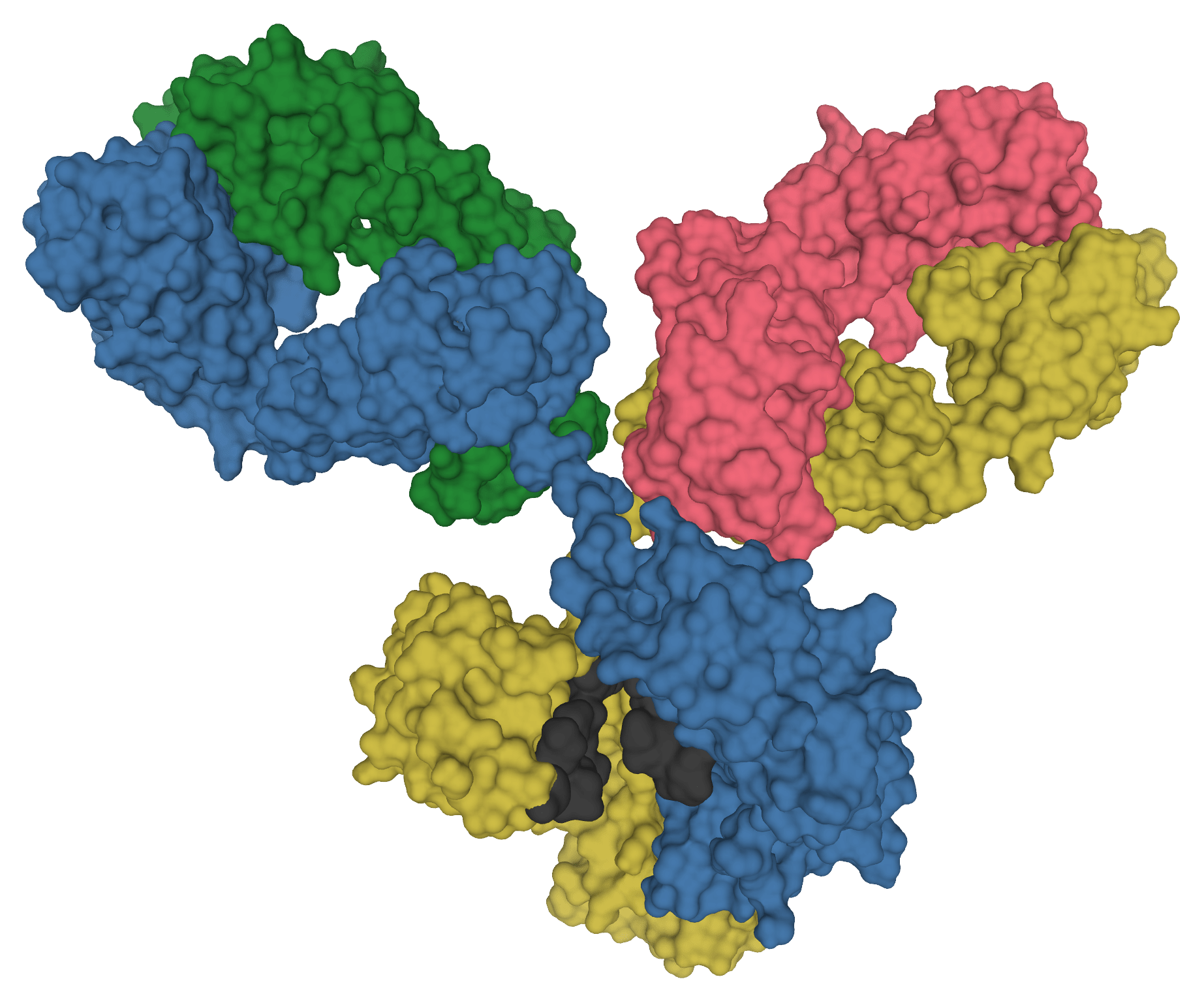
Researchers at La Jolla Institute for Immunology, Scripps Research, and the Ragon Institute of MGH, MIT, and Harvard report coordinated studies showing that several HIV germline-targeting immunogens can be delivered together to activate multiple…

YouTube has introduced a new like button on select videos that rewards your engagement with a brief animation. The feature was first announced in mid-October as part of a slate of updates that included UI changes to make the platform easier to…
An axon in a developing brain is faced with a monumental challenge: finding its one perfect partner among billions of other neurons. The human brain contains roughly 100 trillion synapses, each the result of a neuron successfully locating…
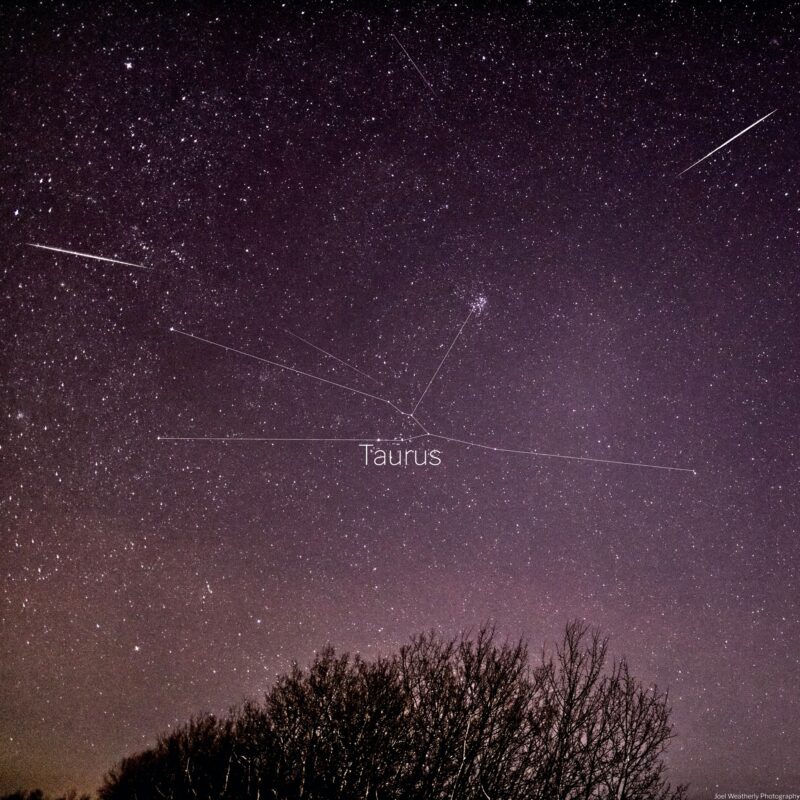
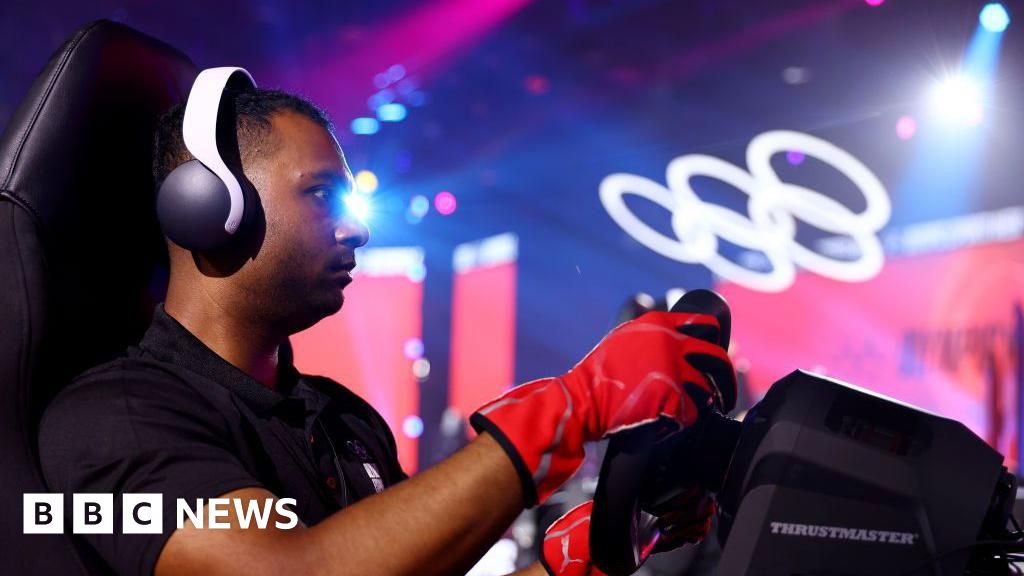
Andrew RogersBBC Newsbeat
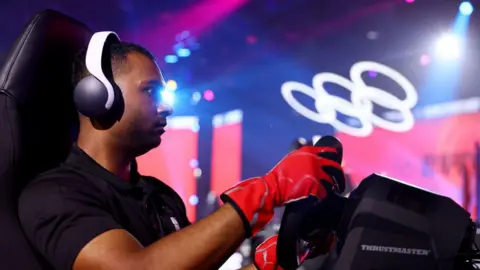 Getty Images
Getty ImagesThe International Olympic Committee (IOC) has cancelled a deal made with Saudi Arabia to host the first Esports Games.
The competition was due to be held in capital…
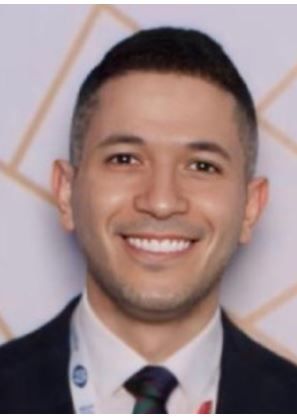
Approximately 1 in 10 people worldwide report gastrointestinal or extraintestinal symptoms after eating foods containing gluten or wheat, even without a diagnosis of celiac disease or wheat allergy, according to a new systematic review and…

Welcome back, Sidney Prescott.
The trailer for “Scream 7” released Thursday sees Neve Campbell’s fan-favorite final girl once again having to fend off her longtime foe, a Ghostface-masked killer. And this time, Sidney is teaming up with…
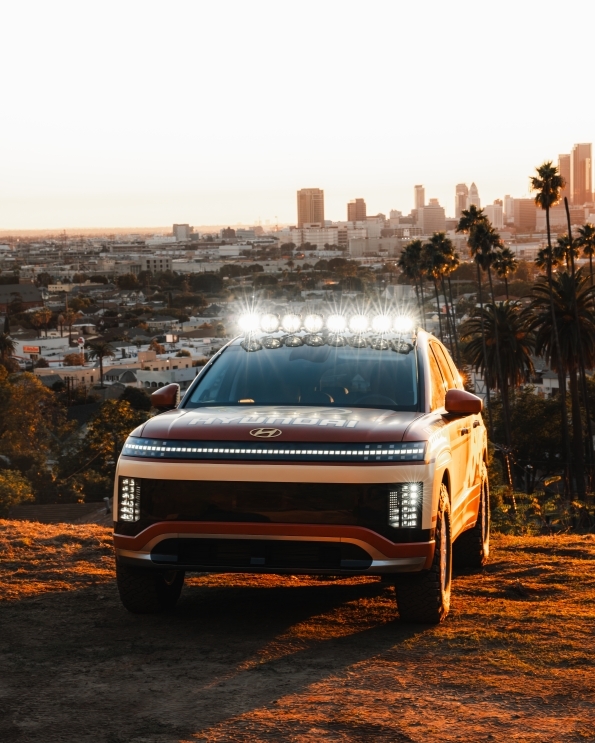
LAS VEGAS, Oct. 30, 2025 – Today, Hyundai revealed concept of its IONIQ 9 off-road SEMA concept, an all-electric SUV being developed with Jeremiah Burton and Zach Jobe, the renowned content creators at BigTime™. The concept will be displayed in SEMA’s Future Tech Studio; a dedicated section of the event’s Central Hall focused on EVs and innovative technologies from across the automotive industry. The IONIQ 9 BigTime concept features a lifted suspension, unique wheels and aggressive all-terrain tires. A set of custom auxiliary light bar further enhance the vehicle’s rugged, adventure-ready capability.
“Hyundai is more than proud to present the innovative IONIQ 9 off-road concept developed by BigTime at the 2025 SEMA show,” said Sean Gilpin, Chief Marketing Officer, Hyundai Motor North America. “Its aggressive lift, all-terrain tires and rugged off-road design inspire both innovation and customization — the hallmarks of any successful SEMA concept. This concept takes IONIQ 9 into new off-road terrain it has yet to explore, and we’re confident it’s more than up for the adventure.”

Hyundai’s IONIQ 9 SEMA concept is photographed in Los Angeles, Calif., on
Oct. 29, 2025
“We’re stoked to be working with Hyundai on the IONIQ 9. EVs have come a long way, so getting a chance to put our own spin on an off-road-themed IONIQ 9 is pretty cool,” said Jeremiah Burton, Chief Executive Officer at BigTime. “We believe all cars are cool, no matter what you drive. And bringing some elements from the off-road scene to the EV scene can hopefully inspire some future off-roaders.”
“We themed this IONIQ 9 off of our 1977 vintage cabover we call “Bud”. This new-tech-meets-vintage look makes the car stand out, and with some performance mods, make it a capable off-roader. It’s exciting to be part of this new chapter where electric cars can be fun and functional but still have character.”
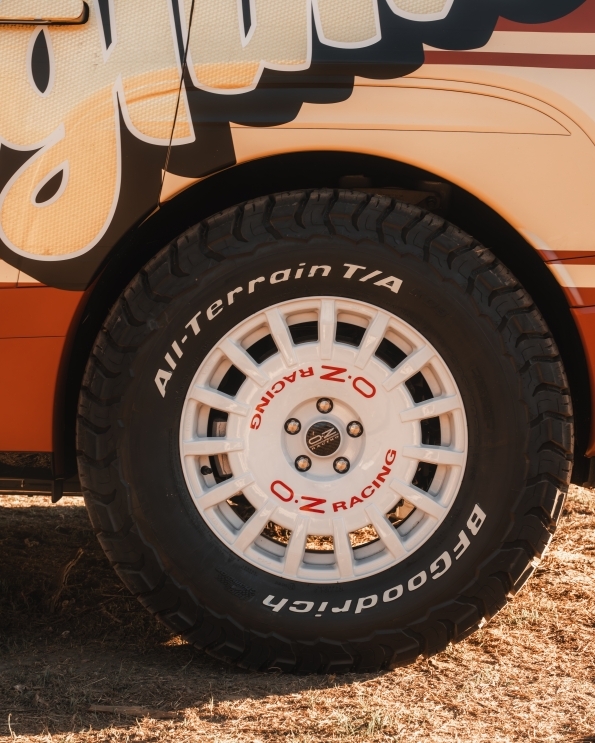
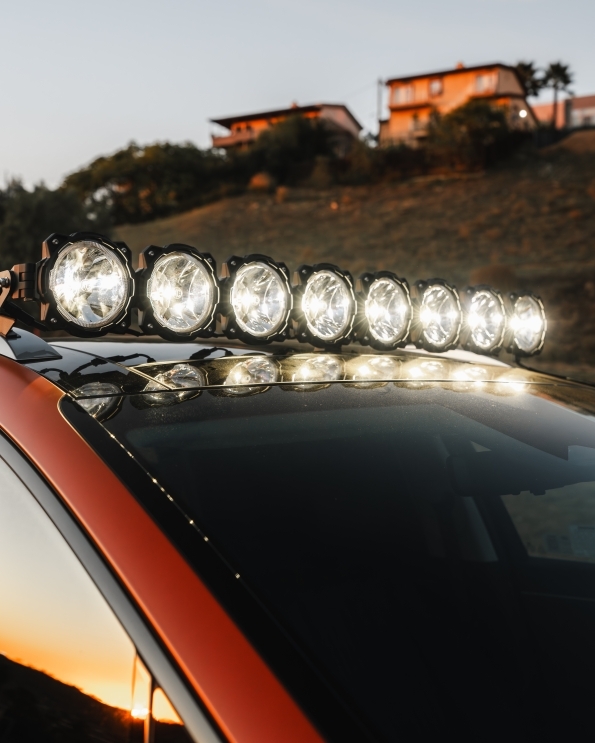
Hyundai’s IONIQ 9 SEMA concept is photographed in Los Angeles, Calif., on
Oct. 29, 2025
BigTime
The BigTime content venture, led by automotive personalities Jeremiah Burton and Zach Jobe, are known for their creative capabilities in developing innovative concepts that amplify and expand the imagery of popular consumer vehicles. Jeremiah and Zach are well-known and respected figures at the SEMA show, having built a loyal audience, both online and in-person. Their deep knowledge of cars, combined with their accessible and entertaining content style, makes them ideal for telling stories of how vehicle modification can be simple, rewarding, and inclusive. The IONIQ 9 concept will receive extensive focus on BigTime’s various social platforms, including Instagram, with a number of build-stories expanding on the unique concept.
Hyundai Motor America
Hyundai Motor America offers U.S. consumers a technology-rich lineup of cars, SUVs, and electrified vehicles, while supporting Hyundai Motor Company’s Progress for Humanity vision. Hyundai has significant operations in the U.S., including its North American headquarters in California, the Hyundai Motor Manufacturing Alabama assembly plant, the all-new Hyundai Motor Group Metaplant America, and several cutting-edge R&D facilities. These operations, combined with those of Hyundai’s 850 independent dealers, contribute $20.1 billion annually and 190,000 jobs to the U.S. economy, according to a published economic impact report. For more information, visit www.hyundainews.com.
Hyundai Motor America on Twitter | YouTube | Facebook | Instagram | LinkedIn | TikTok
###
[i] Standard on Limited, Calligraphy, and Calligraphy Design trims. Up to 422 hp (157.3 kW + 157.3 kW) standard with 700 Nm (516 lb.-ft.) of AWD torque. Actual horsepower will vary with options, driving conditions, driving habits and vehicle’s condition.